Which vintage food adverts do you remember from your childhood?
Do you remember these iconic adverts?
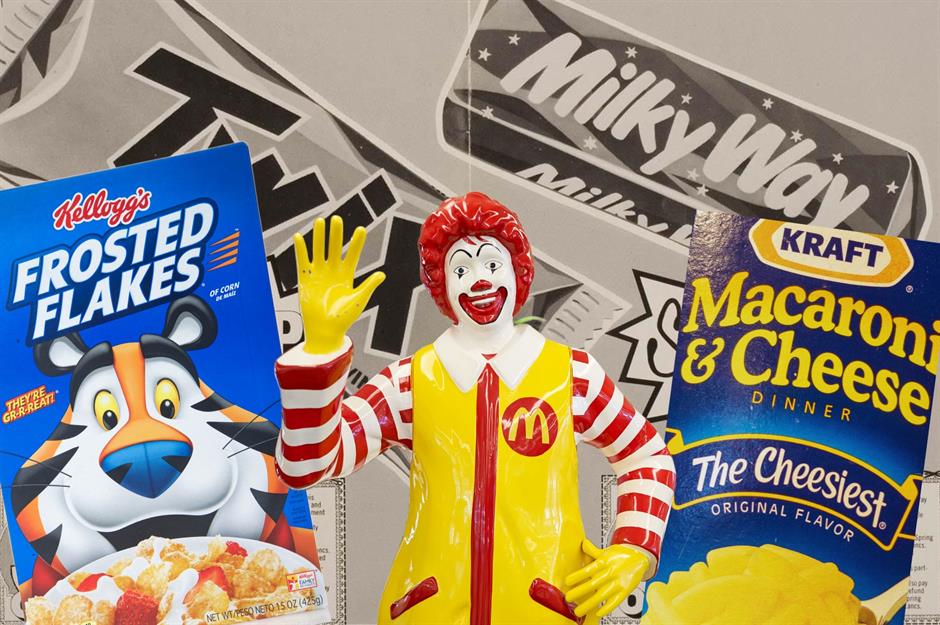
It’s funny how vintage adverts can take you straight back to a time and place. Do you remember begging your parents to take you to McDonald’s after seeing Ronald McDonald and the Hamburglar in a TV commercial? Or seeing Green Giant promoting sweetcorn and green beans in a magazine? If so, you'll enjoy this nostalgic trip through some of the greatest food adverts from the 1940s to the 1990s.
Click or scroll through our gallery to discover the greatest vintage food and drink ads from the 1940s to the 1990s.
1940s: E-Z Serve Liver Loaf
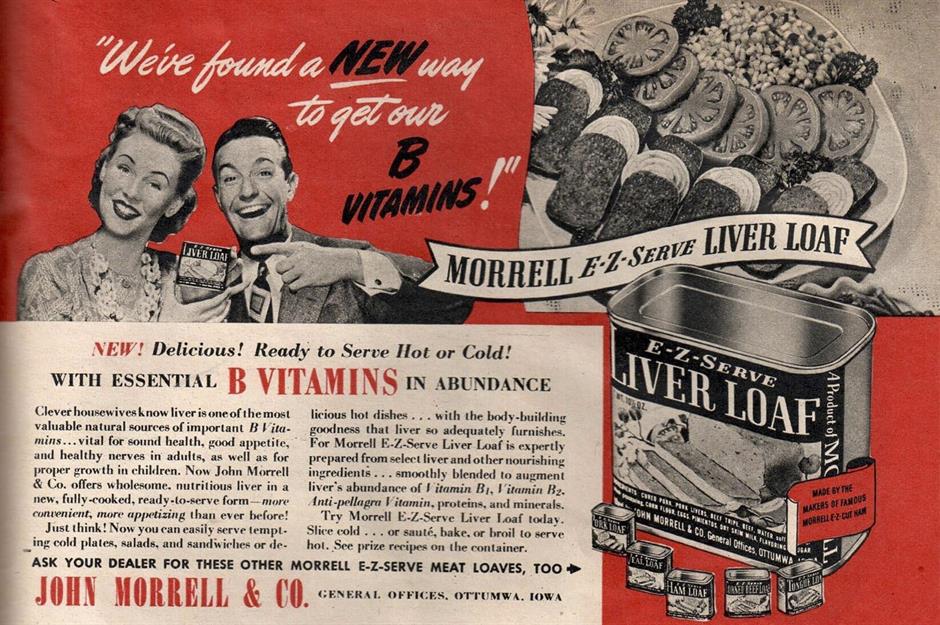
Packed with B vitamins, liver loaf gained popularity in the war-rationed 1940s when prime pork and beef cuts were prioritized for troops overseas. To meet domestic needs, companies like Morrell E-Z Serve mass produced this canned lunch meat, which could be eaten hot or cold and was versatile enough for sandwiches, casseroles, or even salads. It may not have been glamorous, but liver loaf was a staple of resourceful wartime kitchens.
1940s: Coca-Cola
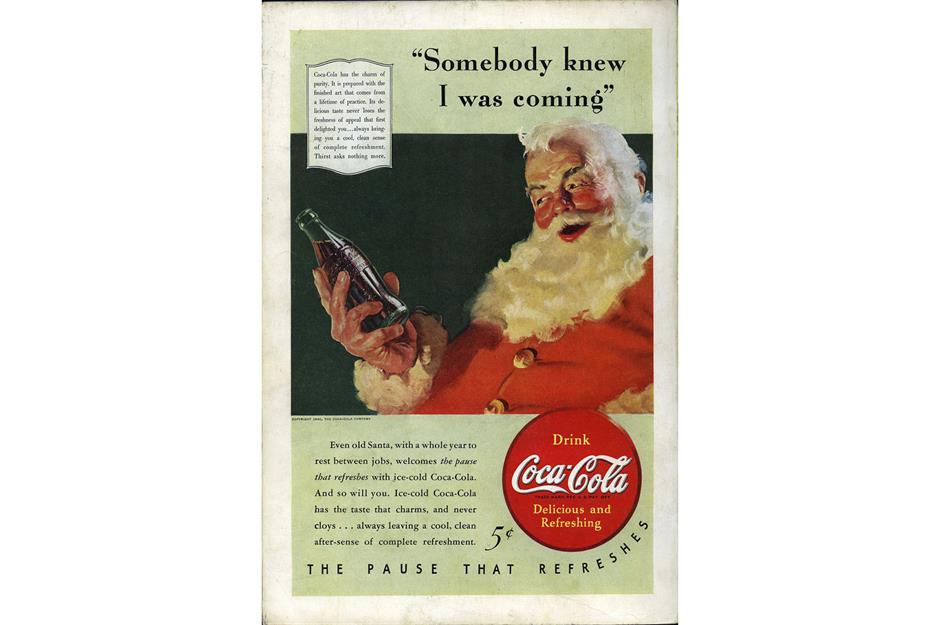
It’s a common myth that Coca-Cola invented the image of Santa Claus as we know it today. While depictions of a red-suited Santa existed as early as the 1870s, it was Coca-Cola’s Christmas adverts – especially this 1941 campaign – that truly cemented the modern image. Its portrayal of Santa with rosy cheeks, a jolly smile, and a warm, grandfatherly charm helped transform him into a global symbol of festive cheer. Coca-Cola’s marketing power turned its version of Santa into the enduring icon we instantly recognize today.
1940s: Heinz Ketchup
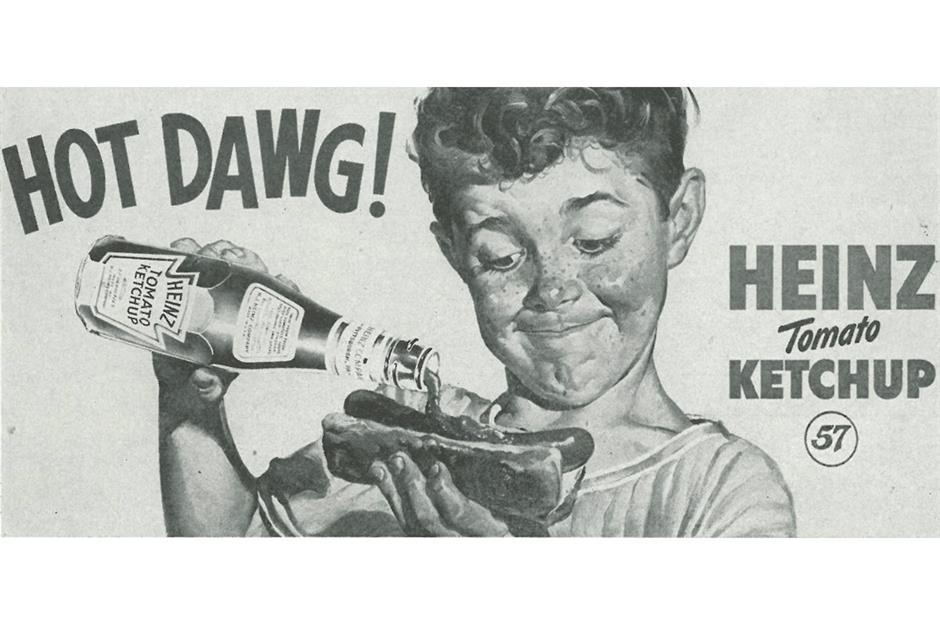
Even back in 1942 when this advert was published, Heinz Ketchup was one of America’s favorite condiments to slather on a hot dog. The slogan '57 varieties,' coined in 1896, is still used today. Interestingly, the number doesn't actually refer to how many products the brand sold – it was simply a number H. J. Heinz thought sounded lucky and memorable. Over time, it became a cornerstone of the brand’s identity, helping to cement Heinz as a household name across generations.
1940s: SPAM
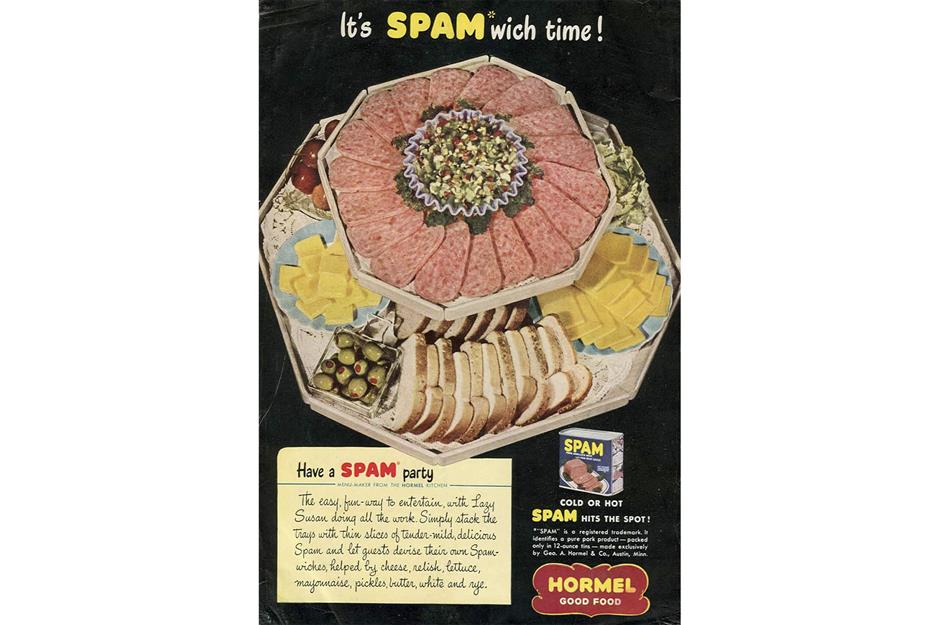
In 1947, Hormel had an excellent idea for an easy and fun way to entertain guests. It suggested stacking a lazy Susan with thin slices of 'tender-mild, delicious' SPAM, as well as cheese, relish, lettuce, mayonnaise, pickles, butter, and bread slices. This way guests could have all the fun of building their own lunch.
1950s: Del Monte Fruit Cocktail
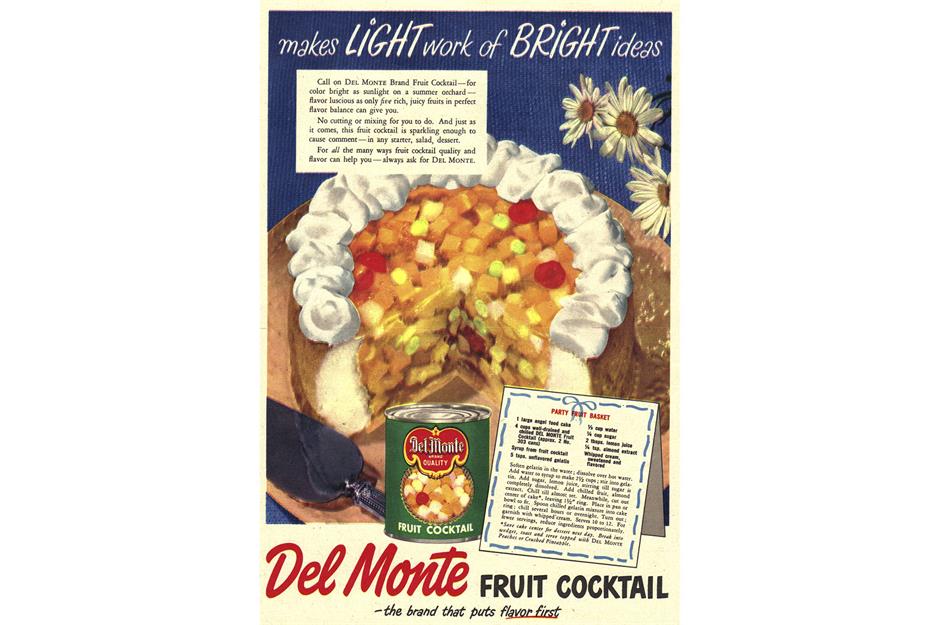
Particularly popular in the 1950s, Del Monte Fruit Cocktail featured in numerous dessert recipes where a tin would be combined with Jell-O or ready-made sponge. This 1951 advert provides a recipe for 'Party Fruit Basket': an angel food cake hollowed out and filled with fruit cocktail in gelatine and garnished with whipped cream.
1950s: Swanson & Sons TV dinners
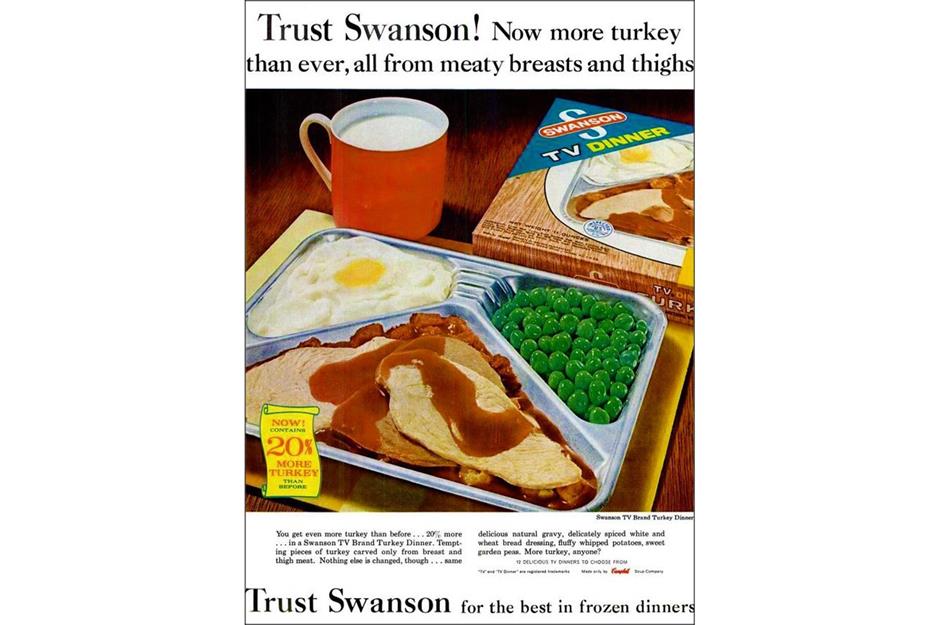
Just in time for Thanksgiving 1953, Swanson & Sons introduced the very first TV dinner – right as televisions were becoming a must-have in American homes. The meal featured sliced turkey with gravy, creamy whipped potatoes, and bright green peas, all arranged in a compartmentalized aluminum tray. Cleverly marketed, the packaging resembled a television set (complete with printed tuning knobs) to capture the spirit of the era. Over 10 million were sold in the US during the first year alone, launching a frozen food revolution.
1950s: Velveeta Cheese Food
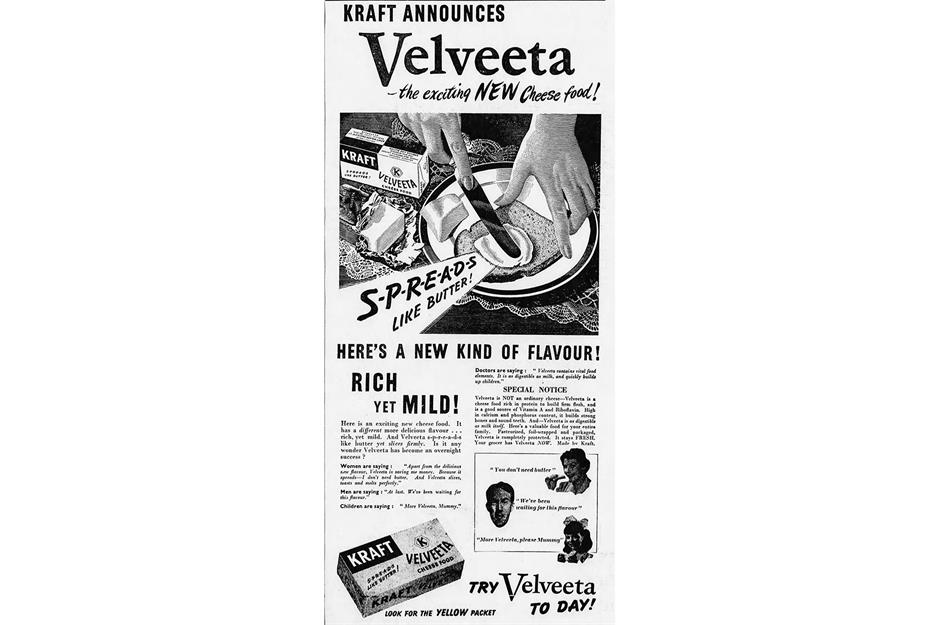
In 1951, this Velveeta Cheese Food advert was published in Australia to promote an exciting new 'cheese food’ product. Marketed as a convenient alternative to both butter and cheese, Velveeta was praised for its ability to slice cleanly, spread easily on bread or crackers, and melt smoothly into sauces and dishes. The ad positioned it as a modern, time-saving solution for busy households, and even claimed it was a healthy choice for children. With its bright packaging, Velveeta quickly became a pantry staple, though looking back, we’re not so sure about those health claims.
1950s: AGA
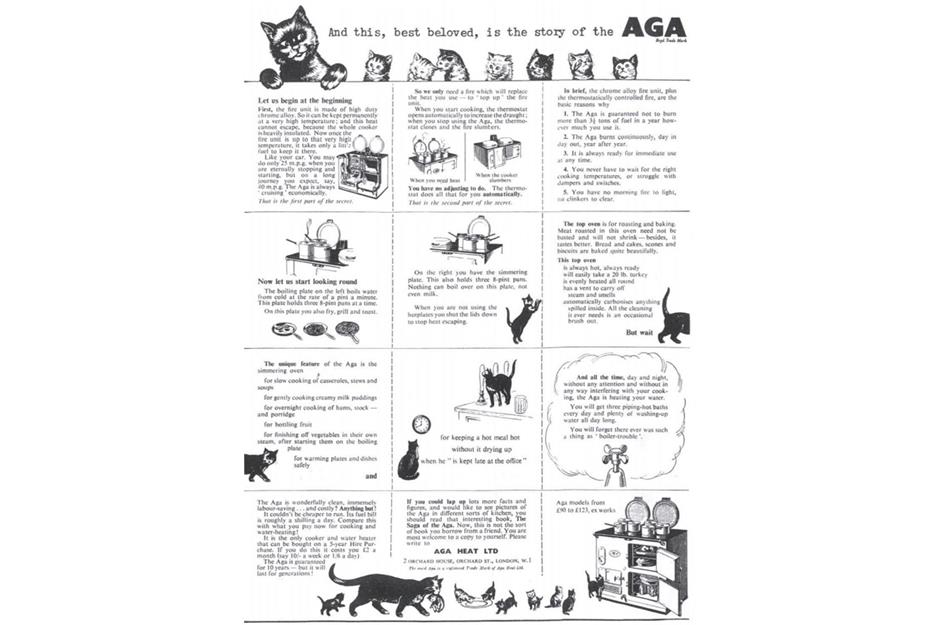
This adorable vintage poster from 1952 shows a mother cat explaining to her kittens how an AGA cooker works (because cats love to sleep next to the warm stove). The charming illustration covers everything from the durable cast-iron material it’s made with to the many culinary uses it offers, including slow cooking casseroles, baking, roasting, and even bottling fruit.
1950s: Kellogg’s Sugar Frosted Flakes
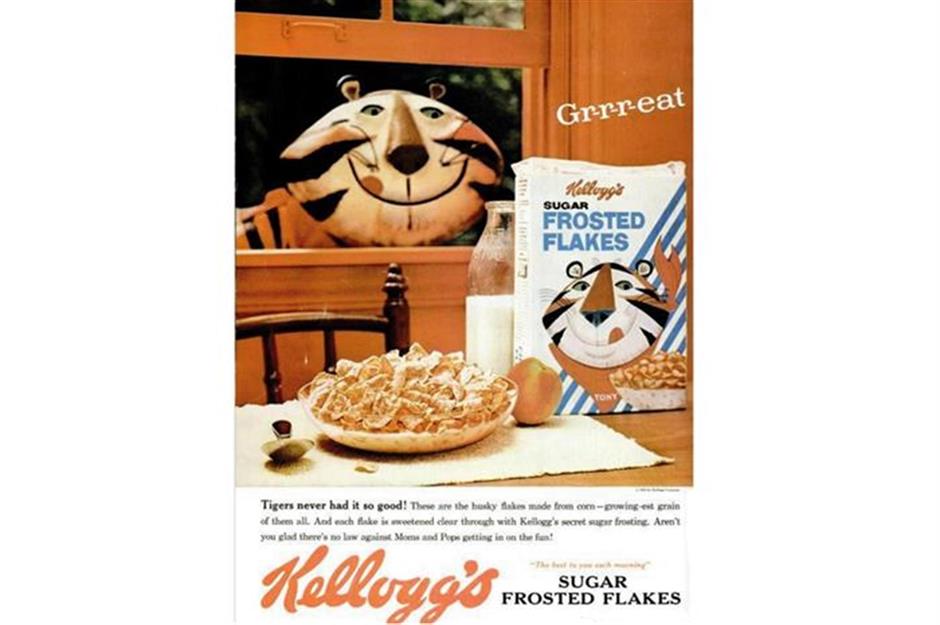
Following the success of Corn Flakes, Kellogg's introduced its sugary sibling in 1952. Originally called Sugar Frosted Flakes, the sweet, crunchy cereal was an instant hit with kids and parents alike. It’s still marketed today alongside its legendary mascot, Tony the Tiger, and his iconic catchphrase, 'They're Gr-r-reat!' As health concerns around sugar grew, the word 'sugar' was quietly dropped from the name in the 1980s.
1950s: Miracle Aid
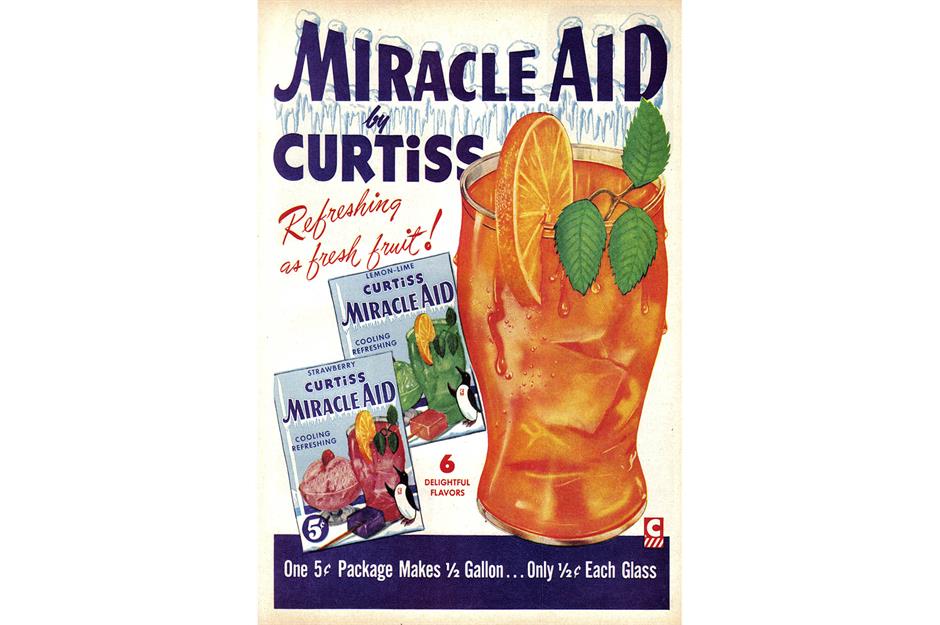
'As refreshing as fresh fruit' reads a Miracle Aid advert from 1953. This colorful concentrate was designed to be mixed with water to create fruity, flavorful drinks in orange, strawberry, lemon-lime, raspberry, grape, and cherry varieties. Produced by the Curtiss Candy Company (best known for Baby Ruth and Butterfinger candy bars), Miracle Aid offered an affordable, convenient way for families to enjoy sweet, fruit-inspired beverages at home, especially popular for children’s parties.
1950s: Green Giant
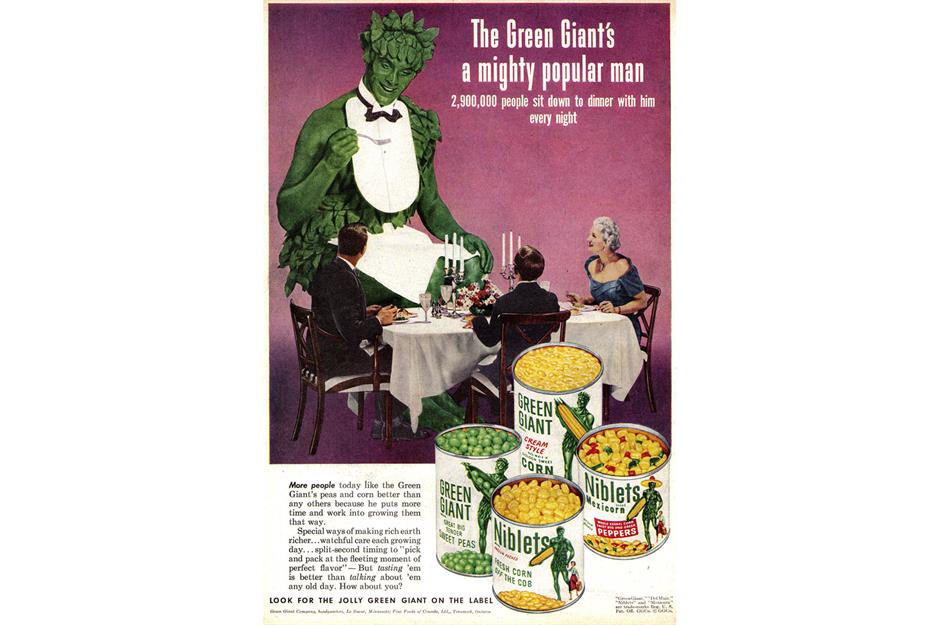
Back in 1953, when this advert was published, Green Giant was the choice brand for millions of American families wanting healthy veg at mealtimes. You could choose between peas, corn, creamed corn, and Mexican-style corn (with red and green peppers) – great for adding to soups and casseroles. The friendly Green Giant mascot, a towering figure with leafy green clothing and a booming 'Ho, Ho, Ho,' was designed to embody freshness and abundance, quickly becoming one of the most recognizable advertising mascots of the era.
1950s: Sleepy Hollow Syrup
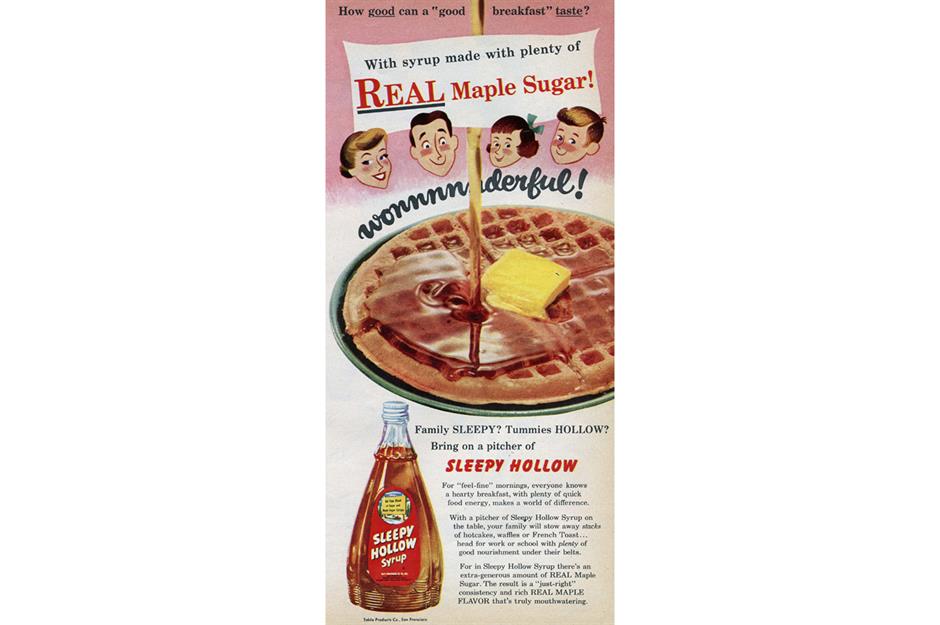
If you wanted something to pour on your pancakes in 1955, Sleepy Hollow was the brand many reached for. This advert boasts that the syrup was made from real maple sugar and suggests it's perfect with hotcakes, waffles, and French toast.
1950s: Minute Maid Orange Juice
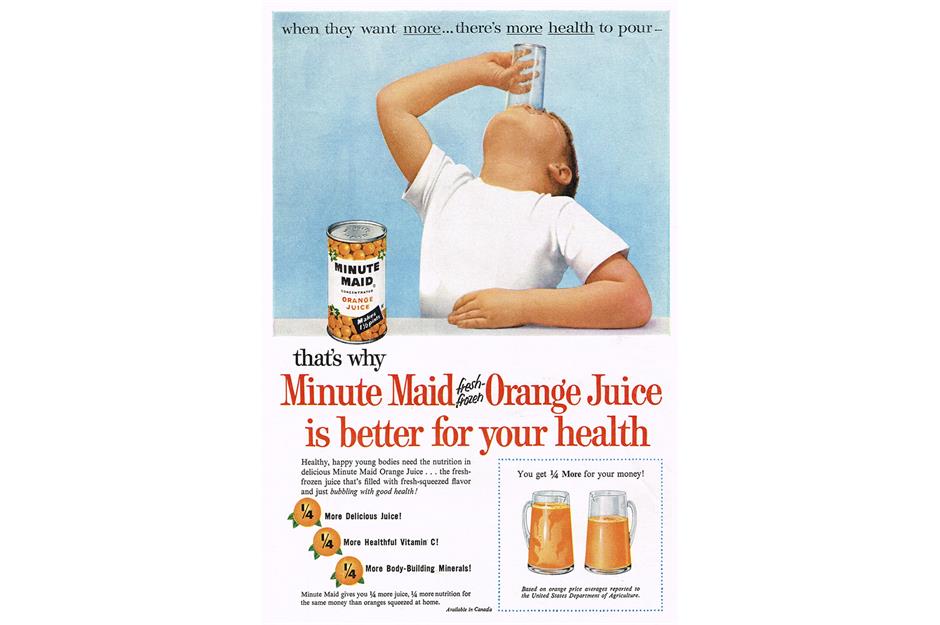
Minute Maid fresh-frozen Orange Juice is frozen, concentrated juice in a tin that has to be thawed overnight and mixed with water. This advert from 1957 touts its 'healthful' Vitamin C content and the fact you get more for your money than if you squeezed your own oranges at home, offering a convenient and affordable alternative to freshly squeezed juice.
1950s: Hydrox Cookies
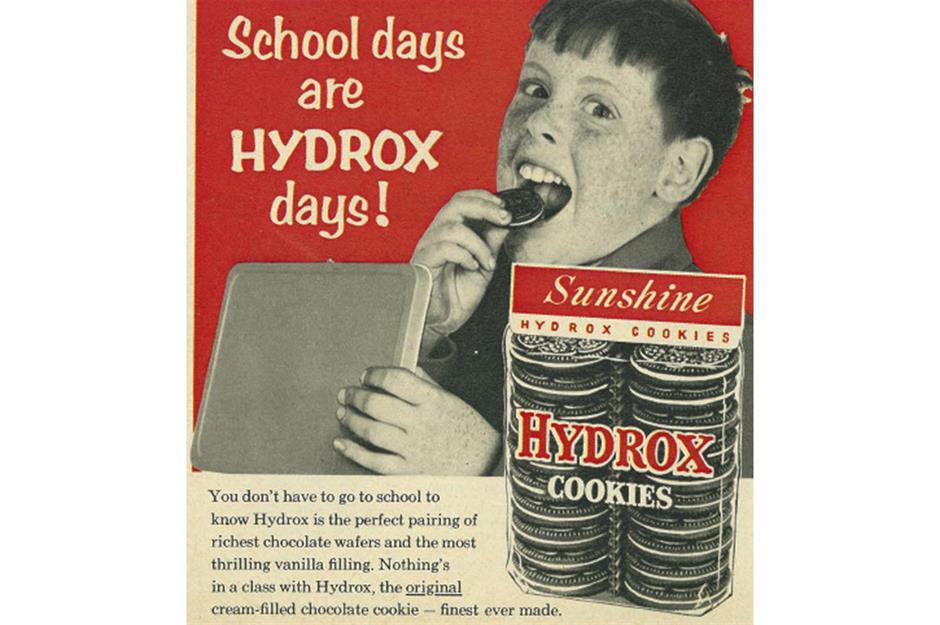
Almost identical to an Oreo, Hydrox Cookies were made by Sunshine Biscuits and were actually invented first. This advert from 1957 depicts a schoolboy taking a big bite out of one and claiming: 'Nothing’s in a class with Hydrox, the original.' The Hydrox cookie, with its crisp chocolate wafer and creamy filling, was originally introduced in 1908 and marketed as a wholesome snack. Sunshine Biscuits used the catchy slogan to assert its position as the pioneer of the sandwich cookie.
1950s: Betty Crocker GingerCake Mix
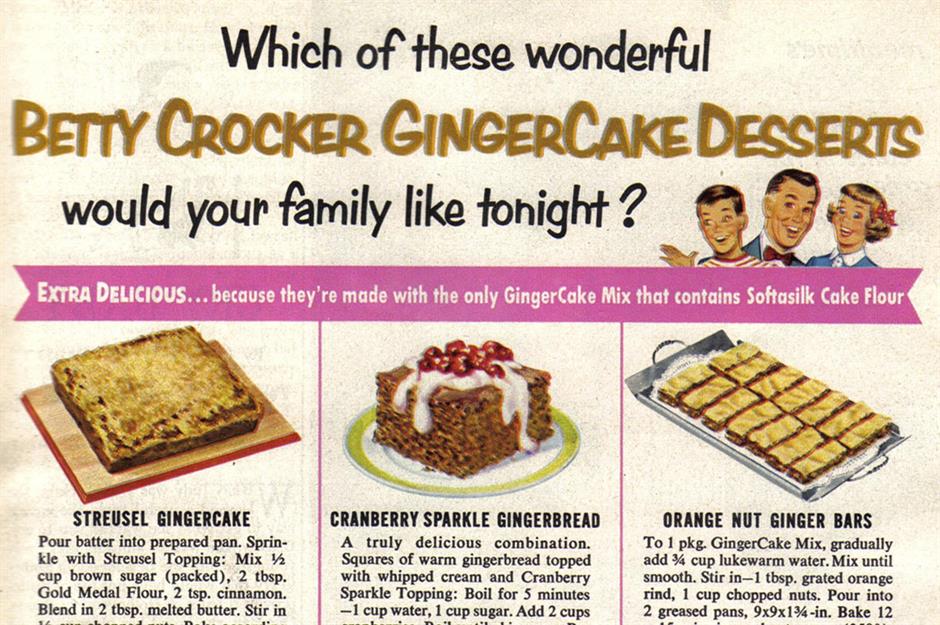
In the 1950s, cake mix surged in popularity and Betty Crocker brilliantly tapped into the psyche of home cooks with its advertising. In this magazine advert, it offered readers three delicious dessert ideas using GingerCake Mix: a streusel, cranberry sparkle gingerbread, and orange nut ginger bars.
1960s: Miracle Whip
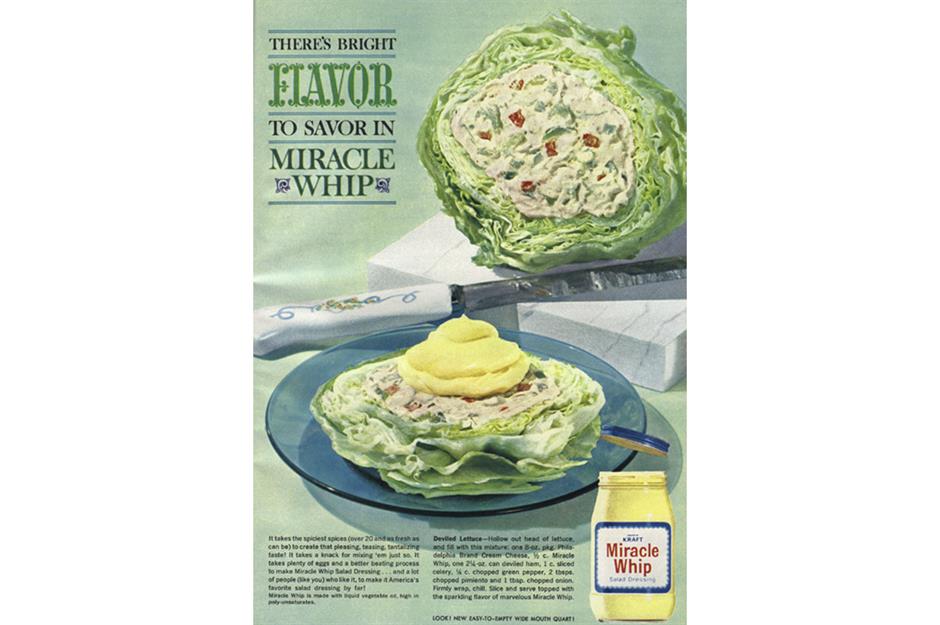
Produced by Kraft Foods, Miracle Whip is a lower fat, more processed version of mayonnaise and just the thing to smother over salads and sandwiches. Or, like in this 1962 advert, to make deviled lettuce – a lettuce that's been hollowed out and filled with a mix of cream cheese, ham, and veggies.
1960s: SpaghettiOs
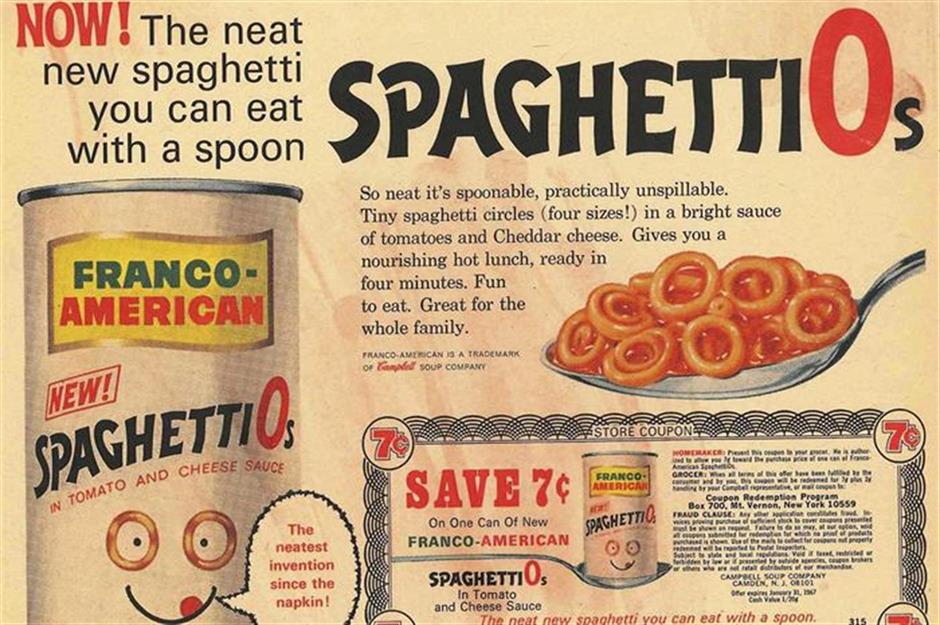
In 1965, Donald Goerke of Campbell’s Franco-American brand, was tasked with inventing a pasta dish that kids could easily eat with a spoon – no twirling, cutting, or mess. After experimenting with several shapes, he landed on the now-iconic O. SpaghettiOs quickly became a pantry staple thanks to their mild flavor, fun shape, and easy preparation. Marketed as 'The neat round spaghetti you can eat with a spoon,' they became an instant hit with both children and busy parents, and have remained a nostalgic favorite ever since.
1960s: Diet Pepsi
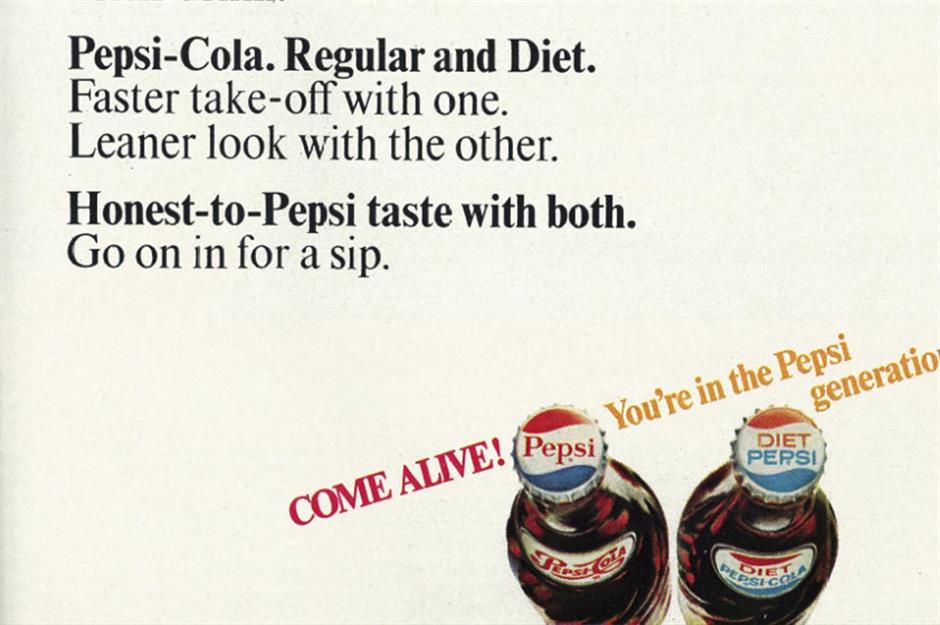
Before Diet Coke, there was Coca-Cola’s Tab. And to rival Tab, there was Diet Pepsi, which became available in 1964 and is still sold worldwide. The advert promised a 'leaner look' while still providing that 'Honest-to-Pepsi taste', appealing to health-conscious consumers who wanted to enjoy a soda without the calories. Diet Pepsi quickly gained popularity, marking a shift toward diet sodas becoming a mainstream choice.
1960s: McDonald’s Filet-O-Fish
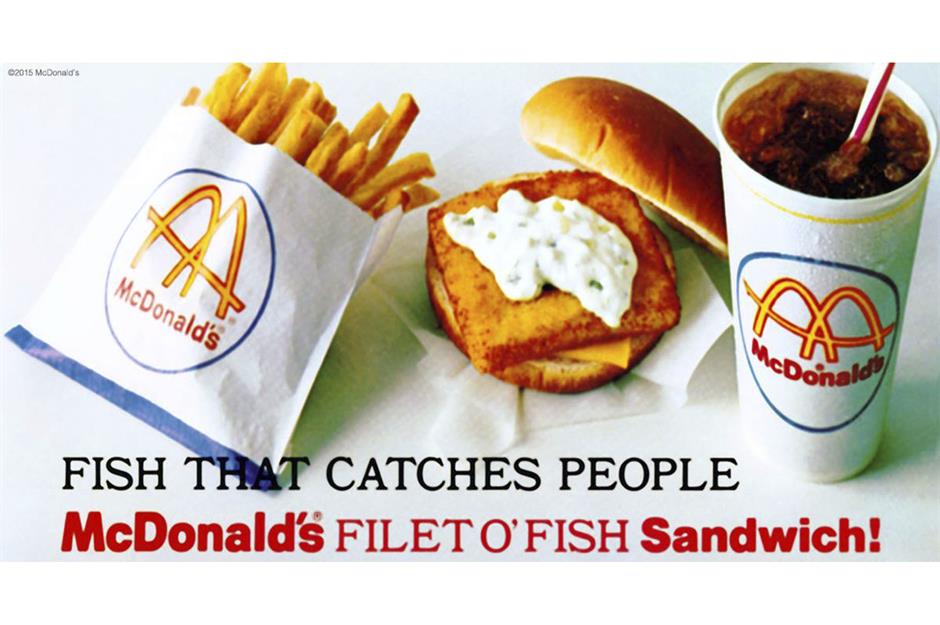
It’s not everyone’s favorite item, but it is one that has stood the test of time. The McDonald’s Filet-O-Fish landed on US menus in 1965, offering a lighter alternative to traditional beef burgers. The sandwich consists of breaded white fish with American cheese and tartar sauce. Initially introduced as a seasonal option for Lent, it quickly became a permanent menu item, promoted with the slogan: 'Fish that catches people.'
1960s: Pillsbury Poppin’ Fresh Dough
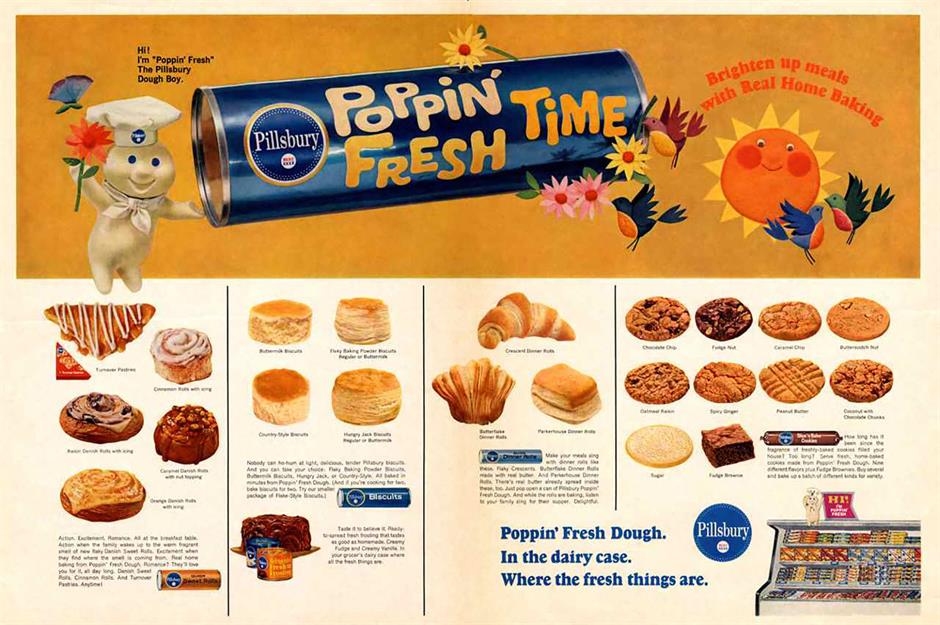
This was the advert where Americans were first introduced to that beloved mascot, the Pillsbury Doughboy Poppin’ Fresh. The ad was for ready-made doughs to make sweet pastries, biscuits, croissants, and cookies. The story goes that the product's creator got the idea when he popped open a can and imagined Doughboy jumping out.
1960s: Jell-O Salad Gelatin
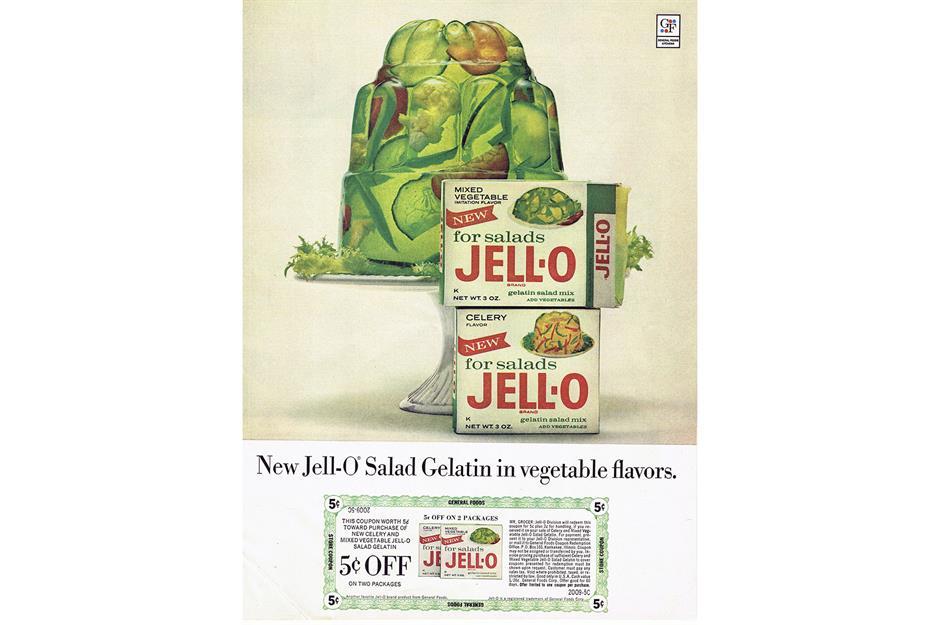
By the 1960s, Jell-O was so popular you could even get celery and mixed vegetable flavor for setting 'salads' with peppers, cucumber, carrots, olives, and more. It wasn’t a dessert, but a savory dish often served at buffets. These gelatin-based salads were molded into elaborate shapes and seen as modern, stylish centerpieces for parties and luncheons. They reflected mid-century culinary trends that favored convenience, novelty, and presentation over taste. Thankfully, this oddball culinary trend has largely been lost in time.
1970s: Hamburger Helper
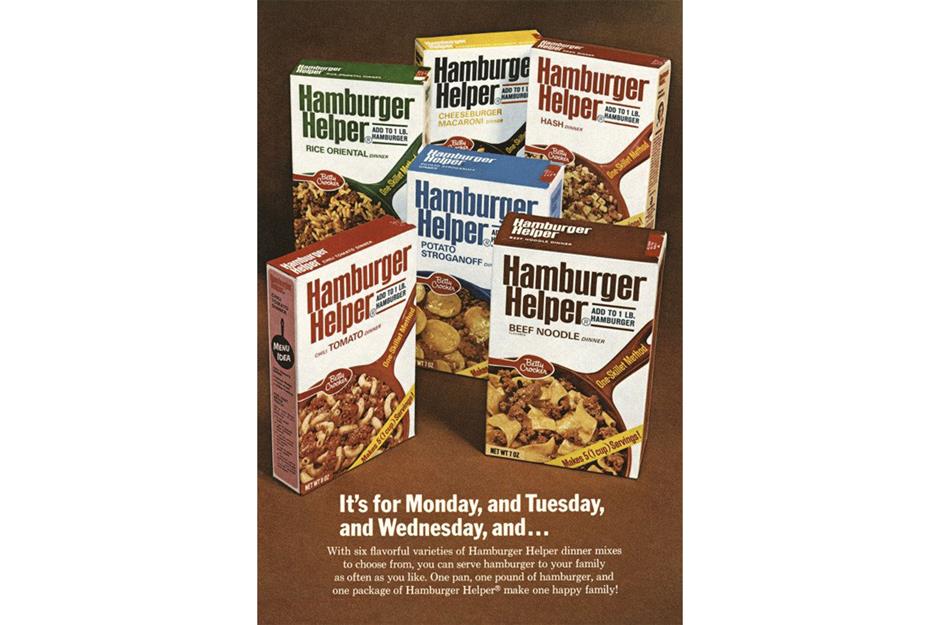
Launched by Betty Crocker in 1971, Hamburger Helper quickly found its place as a convenient dinnertime solution in American kitchens. Each box included pasta and a powdered seasoning mix, designed to be cooked with ground beef for a quick, filling meal. Its first five flavors included beef noodle, chili tomato, cheeseburger macaroni, rice oriental, hash dinner, and potato stroganoff. The success of Hamburger Helper sparked the creation of additional varieties, including Tuna Helper and Chicken Helper.
1970s: Libbyland Dinners
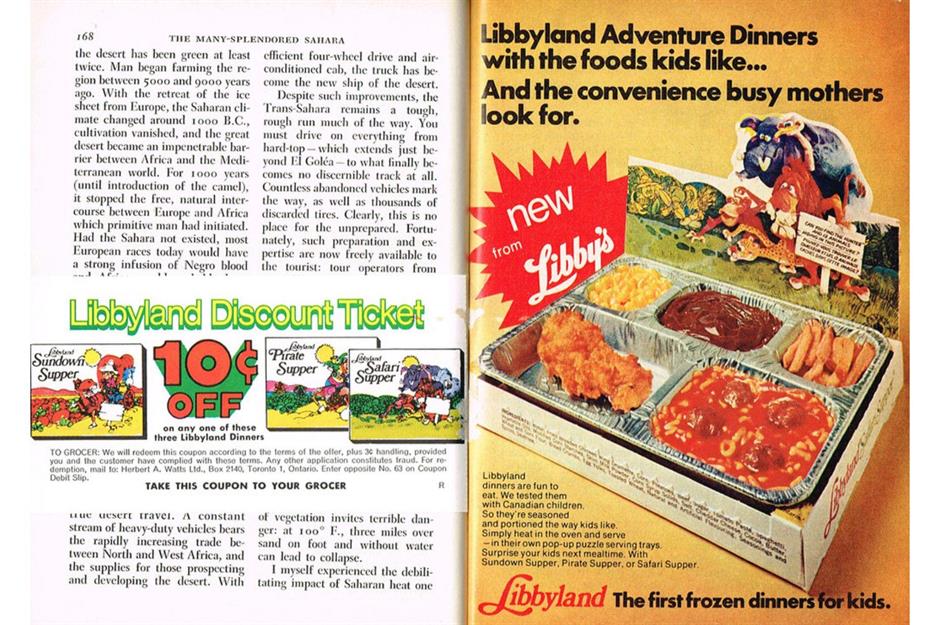
Raise your hand if you remember tearing into one of these brightly packaged ready meals as a kid. Debuting in the early 1970s, Libbyland Dinners were the first TV dinners specifically created for children. Produced by Libby, McNeill & Libby, each meal featured a playful theme (like Pirate Picnic or Safari Supper) and included an entrée, two sides, a dessert, and even a flavored milk drink. Menu options ranged from fish sticks with mac ’n’ cheese to hamburgers with baked beans, and fried chicken with spaghetti and meatballs.
1970s: Chef Boy-Ar-Dee Pizza Mix
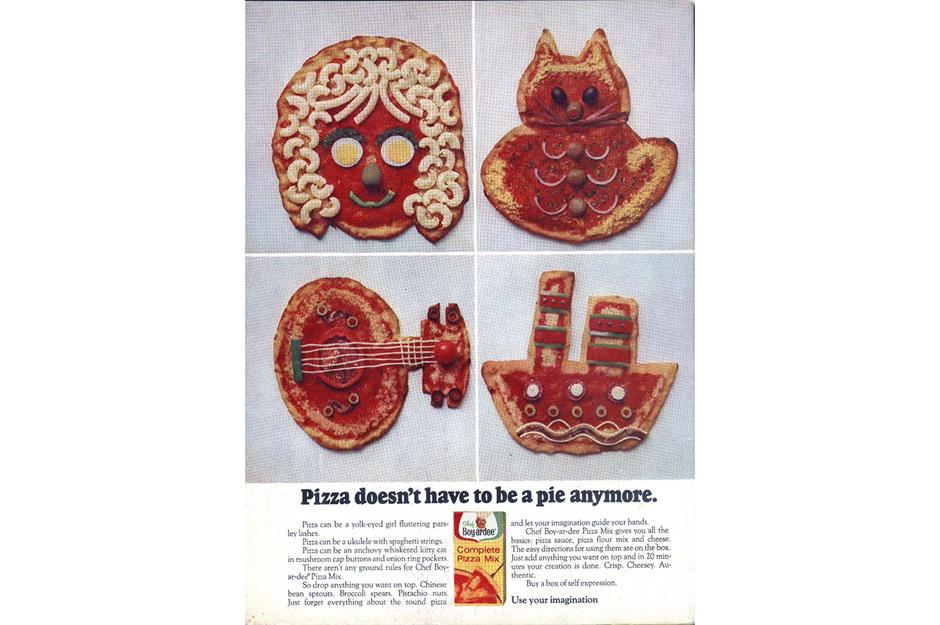
The king of packaged products, Chef Boy-Ar-Dee's Pizza Mix contained sauce, pizza flour, and cheese, plus directions to follow at home. The 1970s ad campaign encouraged young chefs to get creative with their designs, saying 'Pizza doesn't have to be a pie anymore.' It Inspired families to shape their pizzas like animals, boats, or even guitars for a fun, hands-on dinner experience.
1970s: Twix
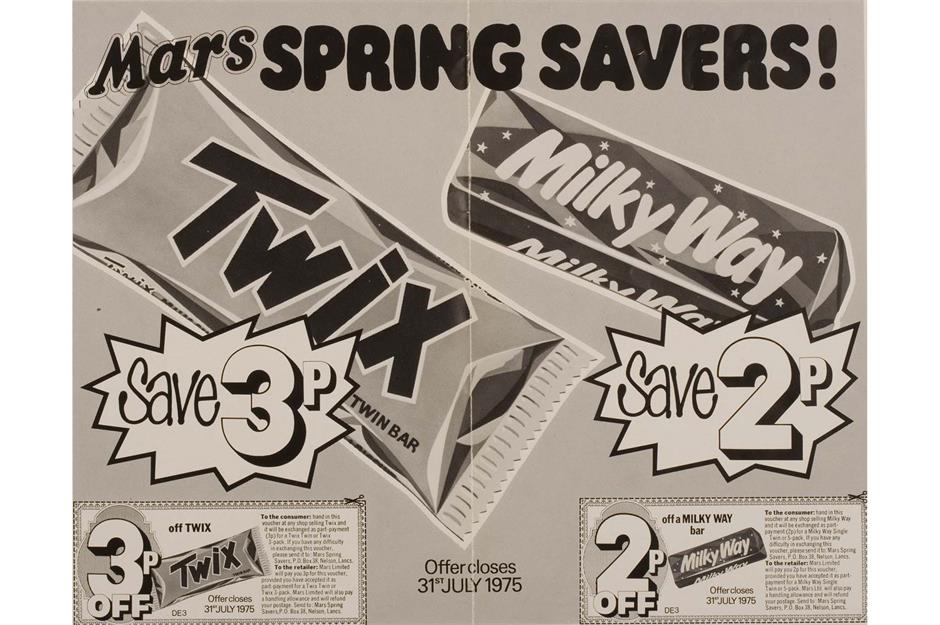
Cut-out money-off coupons that come with adverts are always a win. This one from 1975 offered Brits 3p off Twix bars and 2p off a Milky Way. That's equivalent to roughly 47p (about 59 cents) and 31p (39 cents) in today's money. Twix was first introduced in the UK in 1967 but didn’t arrive in the US until 1979, so American candy fans had to wait a few more years to taste the twin-bar treat.
1970s: McDonaldland cookies
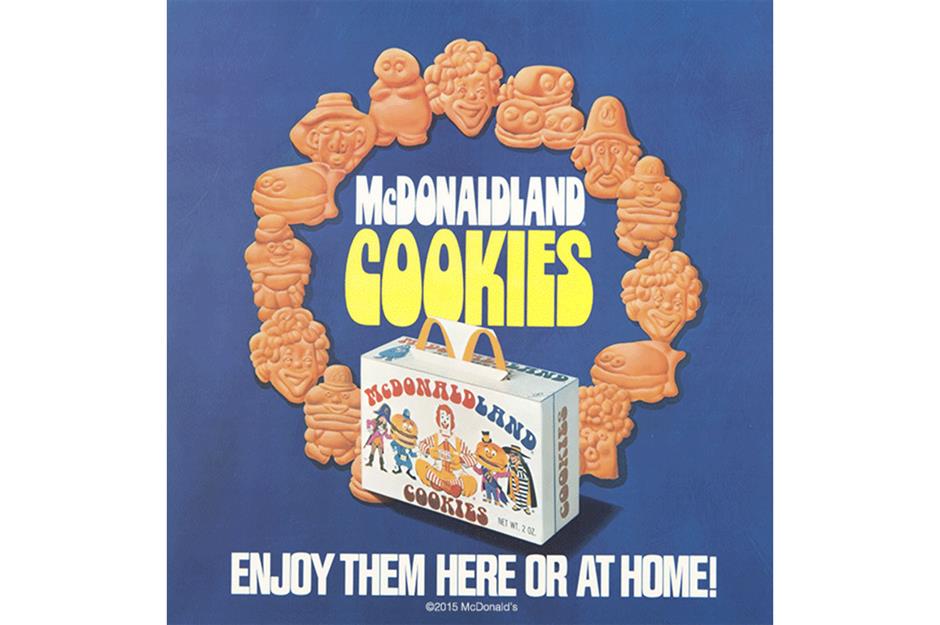
McDonaldland cookies were sold in Happy Meals from 1974. They were hard, crunchy cookies in the shapes of characters such as Ronald McDonald, Officer Big Mac, and Captain Crook. These days you’re more likely to get a soft-baked, chewy cookie.
1970s: Kraft Macaroni & Cheese
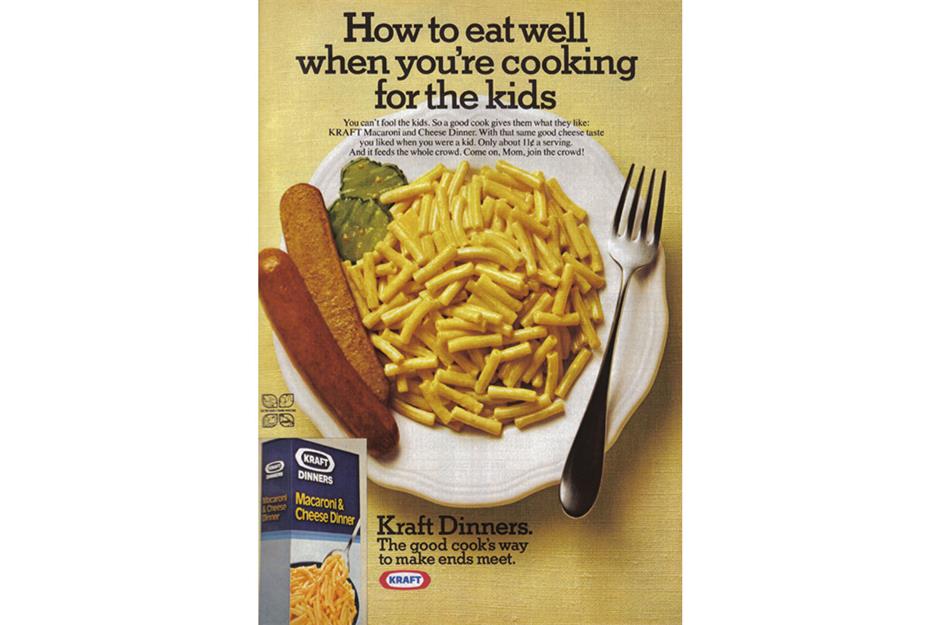
In the 1970s, Kraft Foods' Macaroni & Cheese ad campaign revolved around the idea of eating well while saving money. And what was suggested as a budget-friendly, balanced meal, you may wonder? Box mac ’n’ cheese with a Frankfurter and two pickle slices.
1970s: McDonald’s breakfast

From 1977, breakfast was added to McDonald’s menus across the USA. Back then there were no biscuit sandwiches and breakfast wraps, just Egg McMuffins, hotcakes, toasted English muffins, scrambled eggs, sausages, and Danish pastries.
1980s: French’s Mustard

The advertisers at French’s hit the jackpot when they came up with the alliterative copy 'Lavishing love on hot dogs, hamburgers and sandwiches for over fifty years' in 1983. Now well over 100 years old, it’s as popular today as it was back then.
1980s: Ball Park Franks
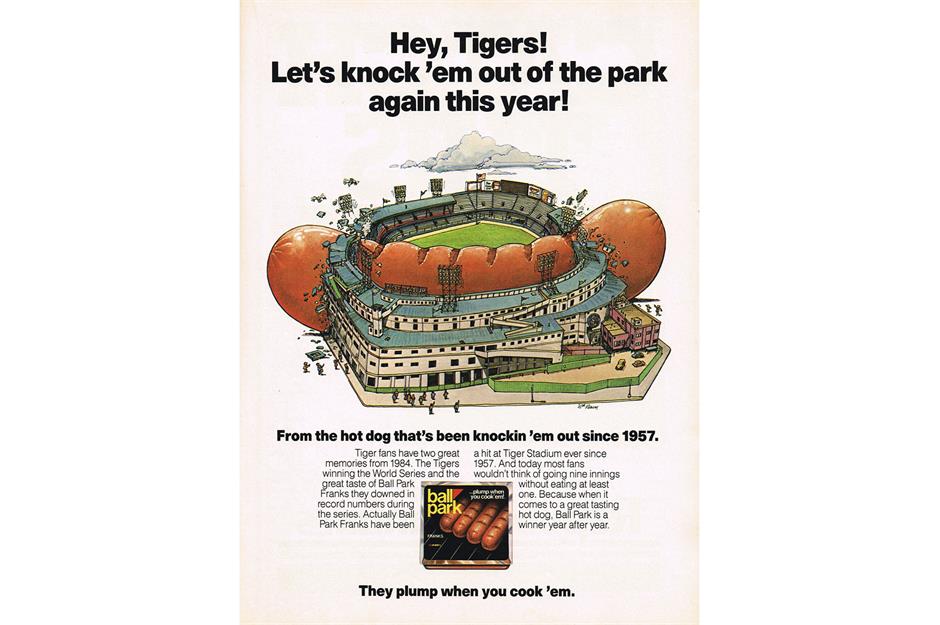
Today's most popular hot dog brand in the US, Ball Park Franks were first made famous by the Detroit Tigers baseball team. In 1957, they were sold exclusively in the Tiger Stadium in Detroit, Michigan (illustrated in this 1985 advert) but by 1959, were available in Detroit grocery stores. Today, you can buy them all over the States.
1980s: Lean Cuisine
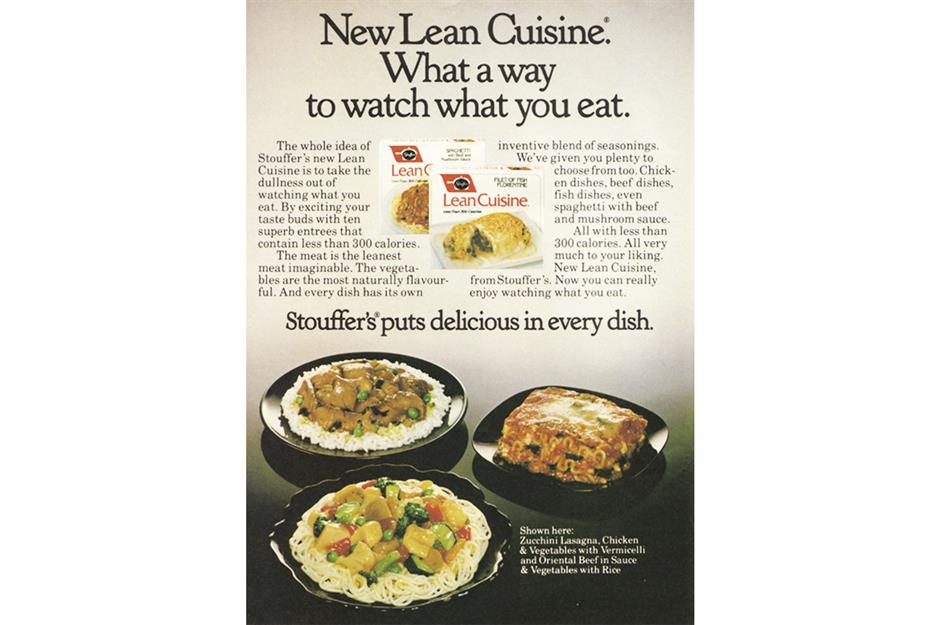
If you came of age in the 1980s, you’ll remember Lean Cuisine, the low-calorie ready meal brand that spoke to the decade’s obsession with dieting. The under-300-calorie range included dishes like zucchini lasagna, chicken and vegetables with noodles, and beef curry with rice.
1990s: Sunny Delight
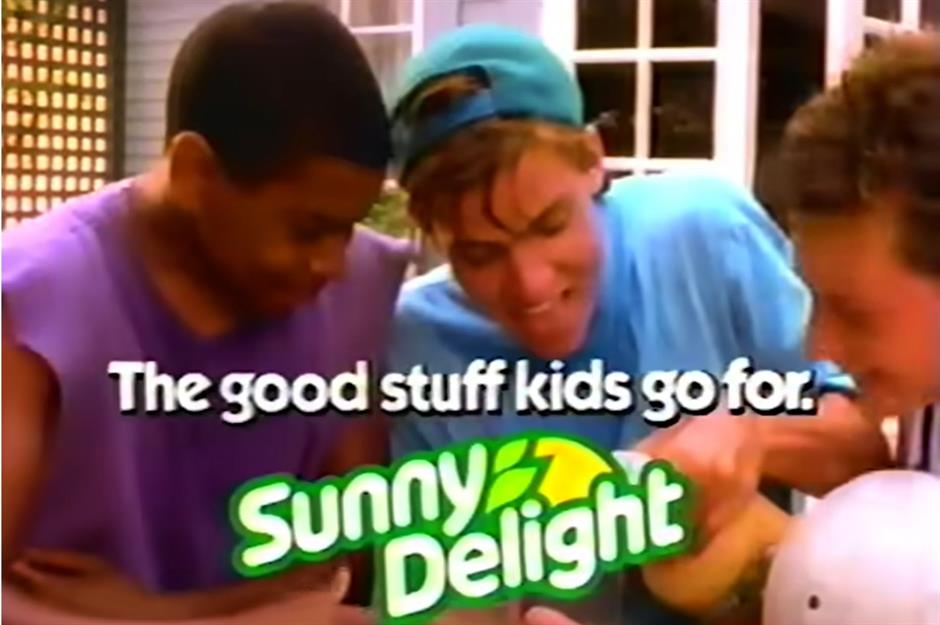
If you grew up in the 1990s, chances are you remember the high energy Sunny Delight commercials that seemed to play during every cartoon and after-school special. Aimed squarely at kids and teens, these ads typically featured a group of friends raiding the fridge after school, passing over milk and soda to excitedly grab the iconic orange bottle. With its bold, citrusy flavor and neon color, Sunny Delight (later renamed Sunny D) was marketed as the cooler, more fun alternative to juice – despite its modest actual juice content.
1990s: McLean Deluxe
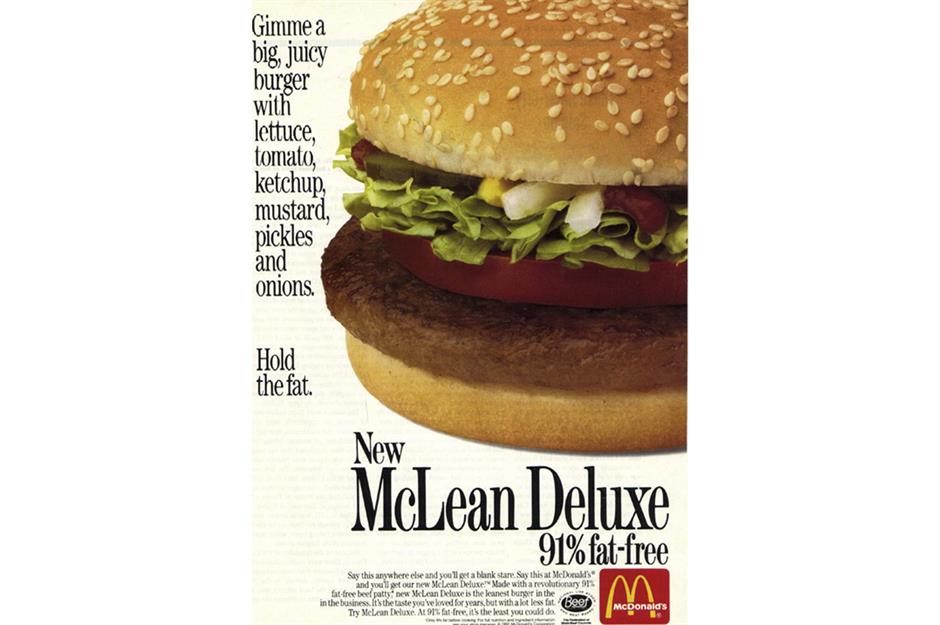
The McLean Deluxe was a big juicy burger with lettuce, tomato, ketchup, mustard, pickles, and onion, like the McDonald’s hamburger, but 91% fat-free. It joined US menus in 1991 but didn’t take off. We guess the majority of people don't go to McDonald’s for low-fat options.
1990s: McCain Turtles Pizza Mini Slices
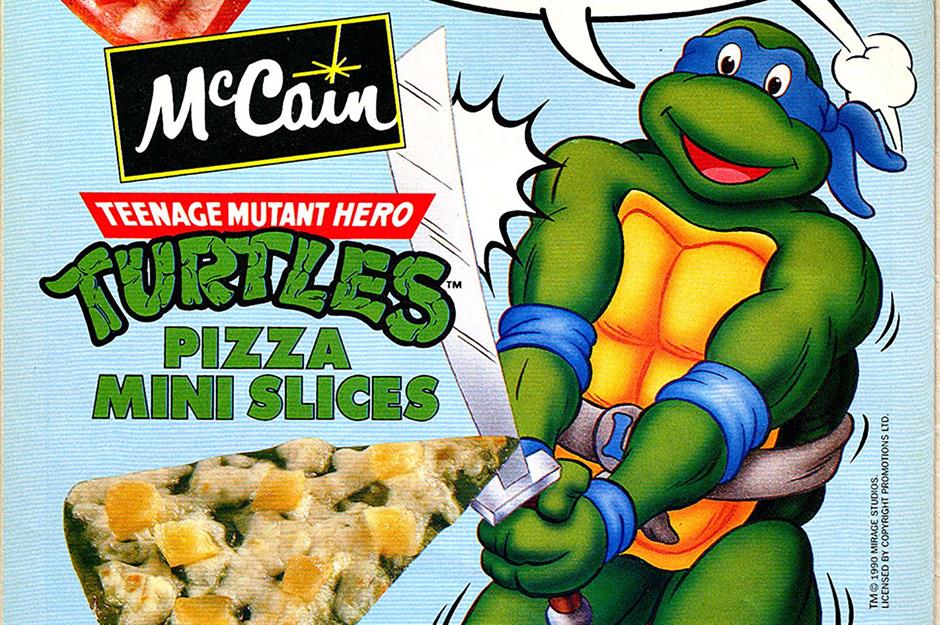
A blast from the past for 1990s kids, McCain Turtles Pizza Mini Slices were all the rage. They came in two flavors: traditional Cheese, Ham & Tomato or the more wacky Apple. Collectable cards were added in each pack, incentivizing kids to beg their parents to buy lots of each.
Now discover the canned foods America grew up on
Last updated by Natasha Lovell-Smith.
Comments
Do you want to comment on this article? You need to be signed in for this feature